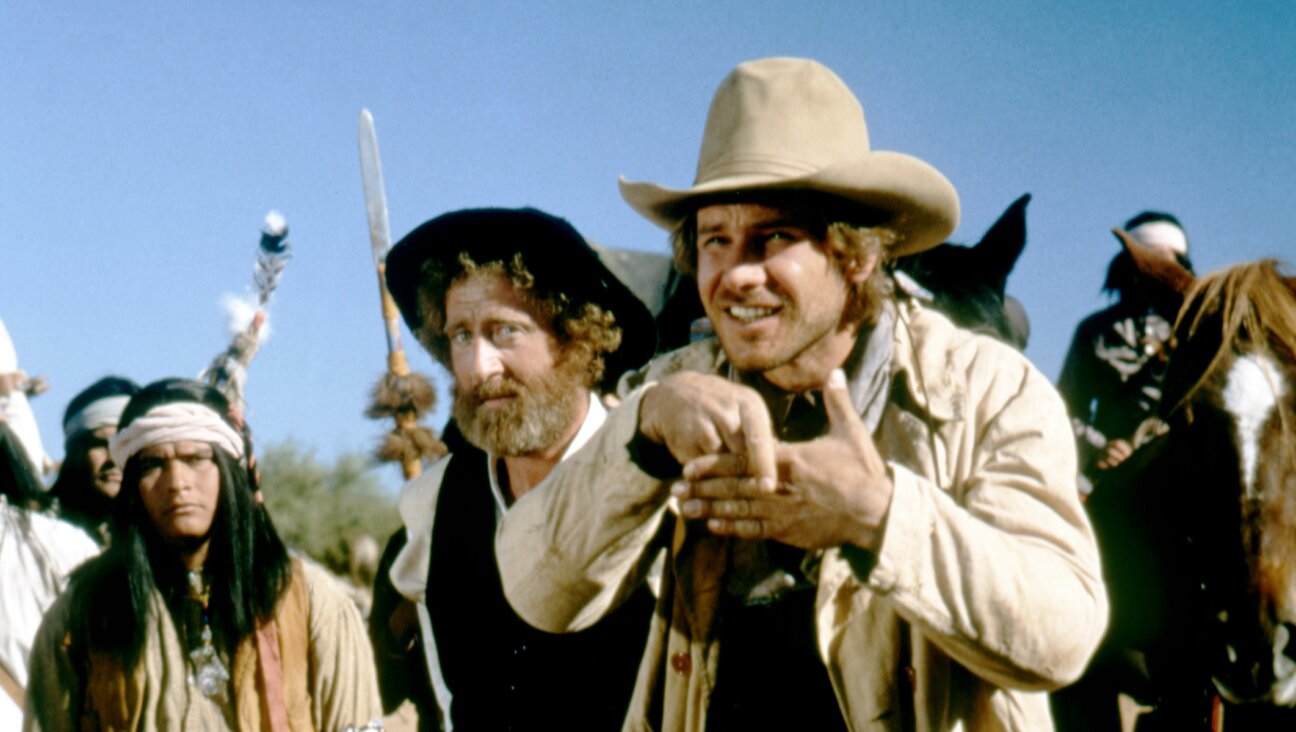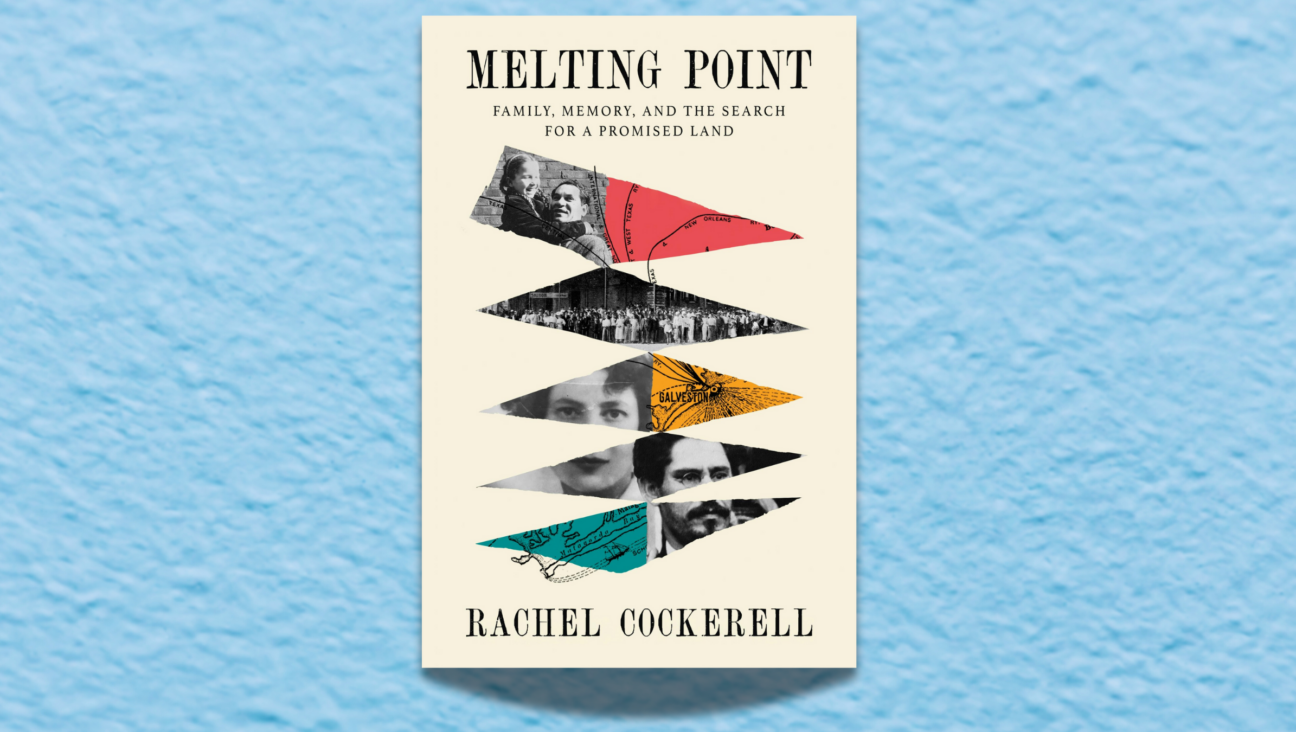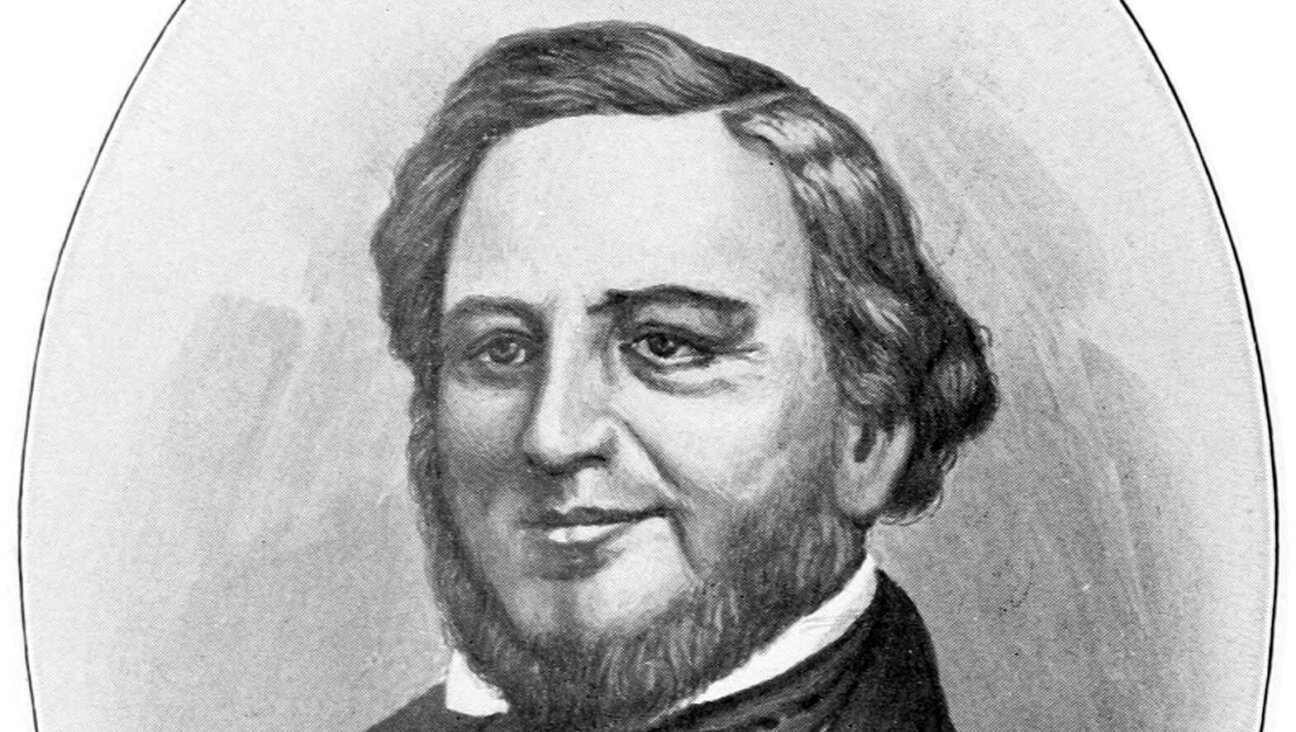Hungarian Modernist László Krasznahorkai’s Inner Animal

For almost a decade now, [New Directions Publishing][1] has doggedly been bringing the late, late Hungarian modernist László Krasznahorkai’s novels of impassioned decrepitude and finely cadenced apocalypticism into English. Next year will see the much-anticipated translation of his “Satantango.” To tide us over until then we now have the publication in the Cahiers Writing and Translation series of “AnimalInside,” his collaboration with German Jewish neo-expressionist painter Max Neumann.
Krasznahorkai originally wrote a text in the third person to illustrate a painting of Neumann’s. In it, a ferocious black beast is suspended and elongated mid leap along the contours of a bare pastel expanse. Posts, fuzzy architectural motifs and the occasional outline of a human figure inhabit the beast’s barbed wire-enveloped world. The entire text is composed of his letting loose a primordial howl in impotent rage:
[1]: László Krasznahorkai
He wants to break free, attempts to stretch open the walls, but he has been tautened there by them, and there he remains in this tautening, in this constraint, and there is nothing else to do but howl, and now and forever he shall be nothing but his own tautening and his own howling…
Neuman responded in kind with a series of a dozen more paintings to be narrated by Krasznahorkai. In these, the point of view shifts to the animal’s wracked first person ranting. Our beastly narrator is by turns pitifully weak and pitilessly vicous. He pleads that “you are my master; I am inside you, just like that, inside you” and threatens “because I only want you to know, it is enough that I am stronger than all of you, I, for whom it is enough to conquer you, and I will conquer you.”
In his woofing, whelping, roaring and pleading he is beyond the slightest action and agency, but not beyond a capacity for transfiguration. The number of beasts in the paintings multiply even as he laments being “alone, endlessly alone, so incredibly alone that apart from me there isn’t in fact anyone else at all.” After turning in on upon itself, the animal splits into two charging beasts, “tensed, on each side pure muscle… asking only the question / which of the two of us shall be king.”
The collusion of painting and text (it is a viscerally gorgeous artifact) fashions something between an illuminated serial novella and an interlinked cluster of prose poems. In this temporal fiction, the painting’s spatial frame is the cage of time imprisoning and imprinting the beast in an existential penal colony, a sentence of eternity bereft of redemption. The landscape of the bleached out pastels and denuded ghostly spaces is the two dimensional cartography of movements in the third dimension that the beast will never make. The text constitutes a metaphysically bleak and unbreachable fourth. Our empathy finds us both looking from inside and outside this exquisitely constructed panopticon, simultaneously both observer, and the “animal inside.”
The Forward is free to read, but it isn’t free to produce

I hope you appreciated this article. Before you go, I’d like to ask you to please support the Forward.
Now more than ever, American Jews need independent news they can trust, with reporting driven by truth, not ideology. We serve you, not any ideological agenda.
At a time when other newsrooms are closing or cutting back, the Forward has removed its paywall and invested additional resources to report on the ground from Israel and around the U.S. on the impact of the war, rising antisemitism and polarized discourse.
This is a great time to support independent Jewish journalism you rely on. Make a gift today!
— Rachel Fishman Feddersen, Publisher and CEO
Support our mission to tell the Jewish story fully and fairly.
Most Popular
- 1

Fast Forward Ye debuts ‘Heil Hitler’ music video that includes a sample of a Hitler speech
- 2

Opinion It looks like Israel totally underestimated Trump
- 3

Culture Cardinals are Catholic, not Jewish — so why do they all wear yarmulkes?
- 4

Fast Forward Student suspended for ‘F— the Jews’ video defends himself on antisemitic podcast
In Case You Missed It
-

Culture How one Jewish woman fought the Nazis — and helped found a new Italian republic
-

Opinion It looks like Israel totally underestimated Trump
-

Fast Forward Betar ‘almost exclusively triggered’ former student’s detention, judge says
-

Fast Forward ‘Honey, he’s had enough of you’: Trump’s Middle East moves increasingly appear to sideline Israel
-
Shop the Forward Store
100% of profits support our journalism
Republish This Story
Please read before republishing
We’re happy to make this story available to republish for free, unless it originated with JTA, Haaretz or another publication (as indicated on the article) and as long as you follow our guidelines.
You must comply with the following:
- Credit the Forward
- Retain our pixel
- Preserve our canonical link in Google search
- Add a noindex tag in Google search
See our full guidelines for more information, and this guide for detail about canonical URLs.
To republish, copy the HTML by clicking on the yellow button to the right; it includes our tracking pixel, all paragraph styles and hyperlinks, the author byline and credit to the Forward. It does not include images; to avoid copyright violations, you must add them manually, following our guidelines. Please email us at [email protected], subject line “republish,” with any questions or to let us know what stories you’re picking up.















